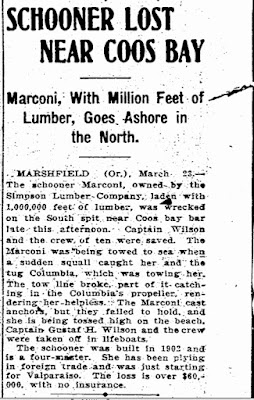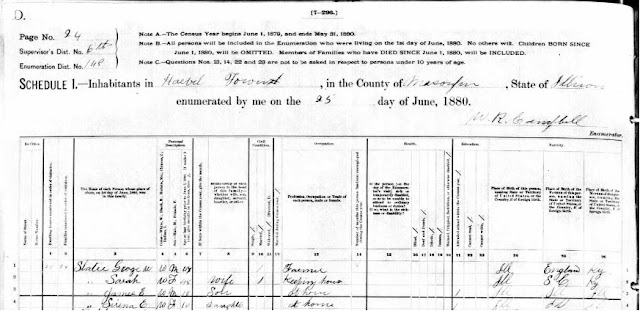[The State of North Carolina, Carey's American Atlas: Containing Twenty Maps And One Chart ... Philadelphia: Engraved For, And Published By, Mathew Carey, No. 118, Market Street. M.DCC.XCV. (Price, Plain, Five Dollars-Coloured, Six Dollars.)
Source: David Rumsey Historical Map Collection.]
By 1807 the Thornton family had moved just south of the state border to Chesterfield County, South Carolina, and that's where Mary and Samuel L. Avery were married on June 18, 1808.
[South Carolina. Drawn by S. Lewis. Engd. by D. Fairman. (Boston: Published by Thomas & Andrews. 1812)
Source: David Rumsey Historical Map Collection]
Samuel served as a private in Alston's 3rd Regiment South Carolina Militia sometime during the War of 1812. (Unfortunately I haven't been able to learn when and where his service took place.)
The young couple stayed in Chesterfield County, where their four oldest children were born, until about 1819 when they moved to Greene County, Alabama, which had just been established on the eastern border of Choctaw lands by the territorial legislature. Their next five children were born there.
[Geographical, Historical, And Statistical Map Of Alabama. Alabama. No. 30. Drawn by F. Lucas Junr. B. Tanner Sc.
Source: David Rumsey Historical Map Collection]
By 1830 the family had relocated to Marengo County, just south of Greene (and part of the fertile "Black Belt" of Alabama) where two more children were born.
But their travels weren't over yet--sometime after 1833 the Averys moved to Winston County, Mississippi, where my direct ancestor John Warren Avery was born on October 16, 1835. his younger sister, born two years later was Mary and Samuel's last child.
[A New Map Of Mississippi With Its Roads & Distances by H.S. Tanner. Engraved by W. Brose, Philadelphia. Entered ... 1833 by H.S. Tanner ... Pennsylvania. Published by H.S. Tanner No. 144 Chesnut St. Philadelphia. (above neat line) Tanner's Universal Atlas.
Source: David Rumsey Historical Map Collection]
The 1850 U.S. Census is the first one that named all the (free) members of the household. Samuel and Mary still have four children living at home with them, including John. The family has prospered; Samuel is claiming ownership of $4,000 worth of real estate.
[Year: 1850; Census Place: Winston, Mississippi; Roll: M432_382; Page: 363B; Image: 739. Ancestry.com. 1850 United States Federal Census [database on-line]. Provo, UT, USA: Ancestry.com Operations, Inc., 2009. Images reproduced by FamilySearch. Original data: Seventh Census of the United States, 1850; (National Archives Microfilm Publication M432, 1009 rolls);
Records of the Bureau of the Census, Record Group 29; National Archives, Washington, D.C.]
After Samuel died intestate on Marcy 27, 1853, his widow filed a petition in the Winston County Courthouse to claim her dower rights** which were granted to her.
["Mississippi Probate Records, 1781-1930," images, FamilySearch (https://familysearch.org/pal:/MM9.3.1/TH-1961-31024-8379-38?cc=2036959 : accessed 30 November 2015), Winston > Minutes 1834-1854 vol 1-2 > image 432 of 467; county courthouses and public libraries, Mississippi.]
And in other probate records we find that Samuel owned fourteen slaves who could not be fairly divided so the heirs were being notified that they would be sold by the estate's administrator.
["Mississippi Probate Records, 1781-1930," images, FamilySearch (https://familysearch.org/pal:/MM9.3.1/TH-1971-31024-7375-41?cc=2036959 : accessed 30 November 2015), Winston > Minutes 1834-1854 vol 1-2 > image 439 of 467; county courthouses and public libraries, Mississippi.]
Mary survived Samuel by 18 years. She continued to live in Winston County for the rest of her life.
[Year: 1860; Census Place: Winston, Mississippi; Roll: M653_594; Page: 679; Image: 161; Family History Library Film: 803594. Ancestry.com. 1860 United States Federal Census [database on-line]. Provo, UT, USA: Ancestry.com Operations, Inc., 2009. Images reproduced by FamilySearch. Original data: 1860 U.S. census, population schedule. NARA microfilm publication M653, 1,438 rolls. Washington, D.C.: National Archives and Records Administration, n.d.]
Although the Civil War and Emancipation made a great difference in her fortunes (the $3,000 in personal property in the above census almost certainly represents the value of slaves she owned), in the 1870 U.S. Census when Mary was living with the son Samuel, she owned $500 worth of real estate and $430 in personal property.
[Year: 1870; Census Place: Township 13 Range 12, Winston, Mississippi; Roll: M593_753; Page: 457B; Image: 442; Family History Library Film: 552252. Ancestry.com. 1870 United States Federal Census [database on-line]. Provo, UT, USA: Ancestry.com Operations, Inc., 2009. Images reproduced by FamilySearch. Original data: 1870 U.S. census, population schedules. NARA microfilm publication M593, 1,761 rolls. Washington, D.C.: National Archives and Records Administration, n.d.Minnesota census schedules for 1870. NARA microfilm publication T132, 13 rolls. Washington, D.C.: National Archives and Records Administration, n.d.]
Mary Thornton Avery died on December 23, 1871, and she and Samuel are both buried in the Golden Cemetery in Fearn Springs, Winston County, Mississippi.
*We don't know her mother's maiden name; it could be Davis or Brewer.
**You can read more about dower here.
© 2015 Copyright, Christine Manczuk, All Rights Reserved.

















































